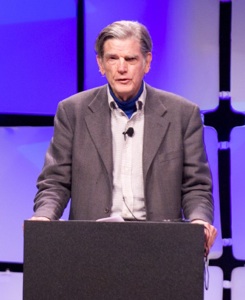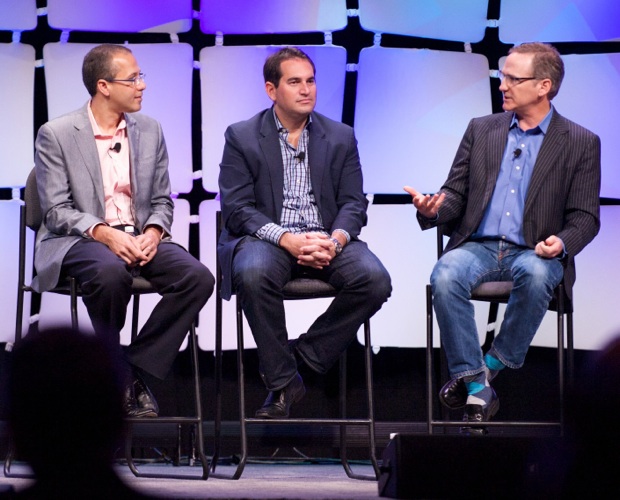DMA 2013 Conference in Chicago, IL

5,700 attendees joined this event (#DMA13) organized by the American Direct Marketing Association (@DMA_USA) in the McCormick Convention Center in Chicago for a three-day meeting (Oct. 14-16, 2013 excluding the post-conference events). This year’s theme was the increasing data-driven nature of marketing. Linda Woolley (President & CEO of DMA, see picture below) welcomed the attendees. Click here to watch the opening speech. She talked about the legislative challenges to the DMA community across the globe (enforcing stricter privacy laws); The huge impact our industry has on the economy (156 Billion USD U.S. Revenue; 675,000 jobs in 2012); She also repeated the need for Analytics professionals "Data Scientist is the sexiest job in the 21st century" (We try to contribute by training them: @MMA_CRM and @HIR_ME). During the event, lots of tweets were sent by the attendees. An overview can be obtained from Eventifier. All pictures published here carry my copyright (@dirkvandenpoel).
Thursday 17 October 2013

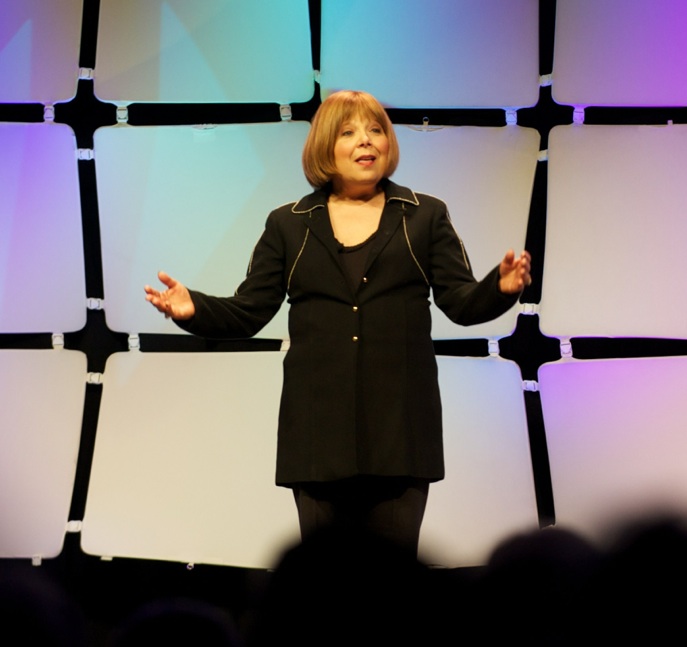
Next, Terry Jones (Founder of Travelocity, Chairman of Kayak.com, see picture below) gave a very inspiring talk about the necessity to innovate.

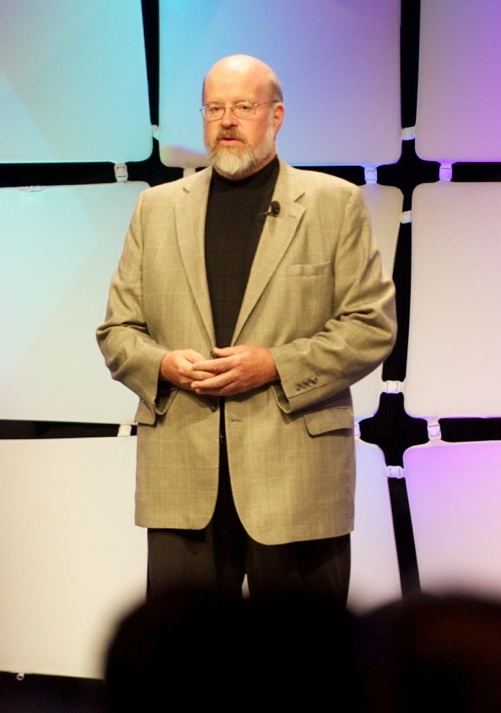
He emphasized the power shift from the companies to the consumer.
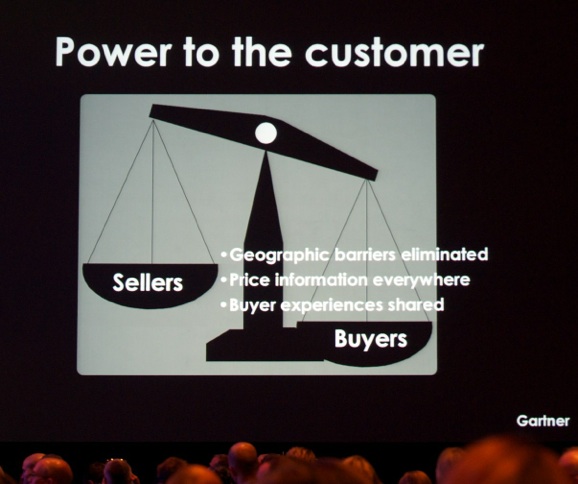
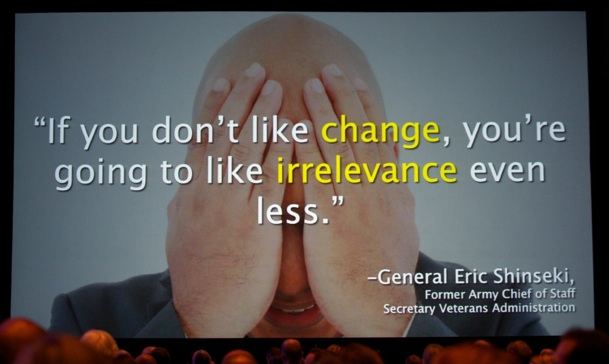
The speed of adoption of new technologies keeps increasing...
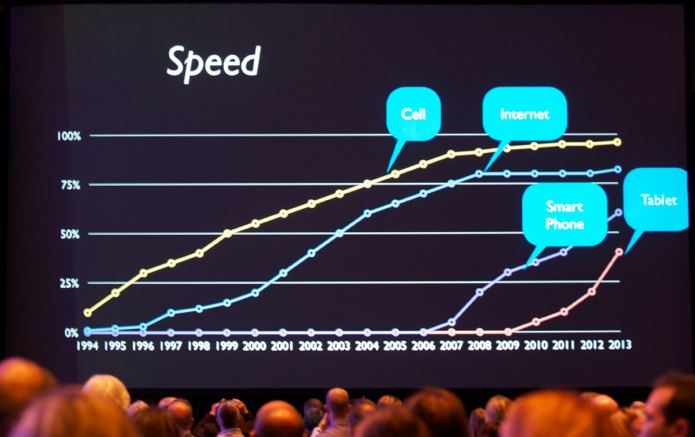
... and more can be realized with less ...
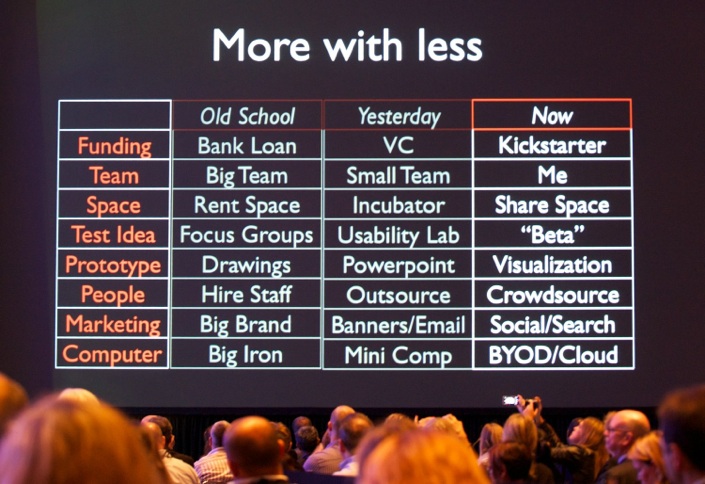
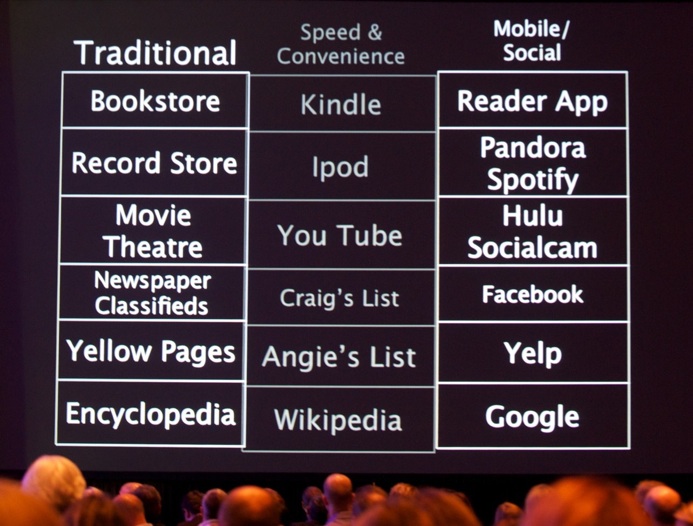
Finally, he emphasized the importance of company culture and team building for effective innovation. In sum, it was a great inspiring start to the conference.
Next, in the concurrent session block, I attended the panel (see picture below) on “Attribution: Who gets credit for online purchases”. James Green (@JamesANGreen, CEO at Magnetic, see picture below on the far left) chaired the panel. The participants to the panel were: Bill Kee (@googleanalytics, Google) Paul Pellman (@ppellman, Adometry), Mark Hughes (@C3Metrics, C3 Metrics), John Bates (@JohnBBates, Product Manager Predictive Marketing Solutions at Adobe). Most panelists agreed that (in most circumstances) "last click attribution is wrong". Hence, it should be redistributed over the entire sales funnel. Moreover, Google had to counter lots of criticism for no longer disclosing search terms. The audience unanimously condemned this act.
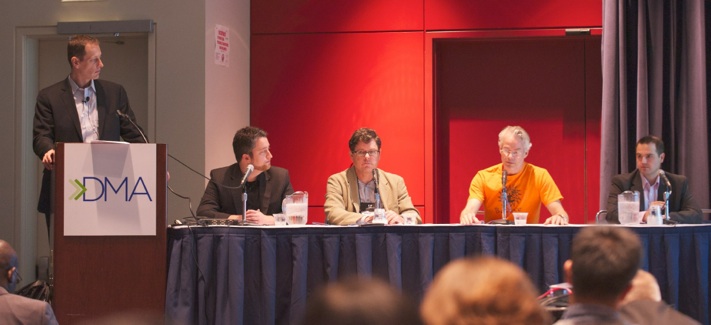
Next, I attended the Thought Leadership session “Harnessing the power of mobile on the path to purchase to maximize sales” (sponsored by @Selligent and @SAS). Mobile is becoming more and more important according to the panel members: Martin Lange (@OgilvyOne), Ken Madden (@muComplex), Kyle Mengwasser (@Meeswonger), and Amy Ochoa (@AmyOintheSTL). 84% of smartphone shoppers use their mobile devices to help shop while in store. They discussed “showrooming”. It’s the practice of examining merchandise in a traditional brick and mortar retail store without purchasing it, but then shopping online to find a lower price for the same item. Below, the 6 key takeaways of this session are shown.
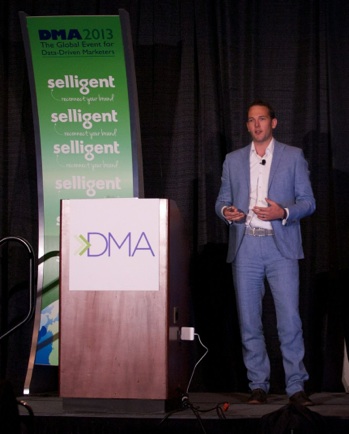
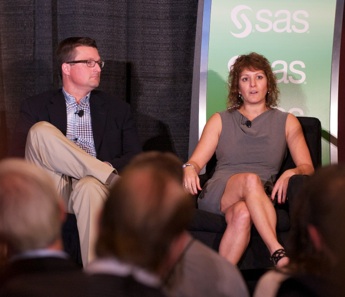
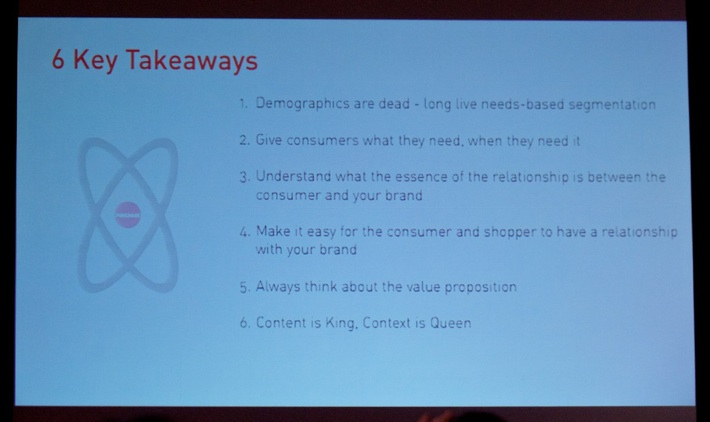
As an additional bonus to the session, James Jeon (see picture below) demonstrated contextual awareness of a smartphone. They mimicked a retail store setting showing relevant content as you walk up to a certain aisle.
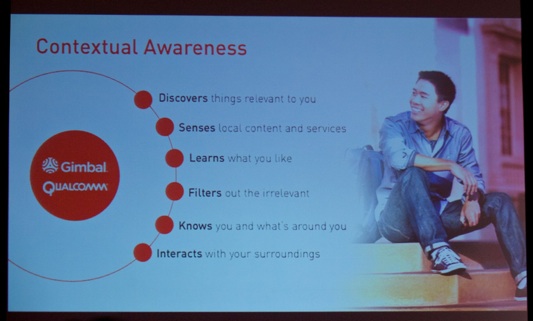
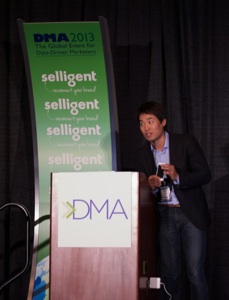
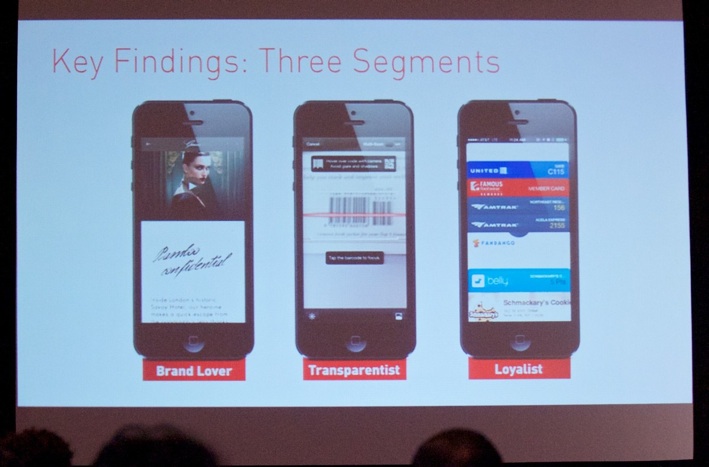
Next, I attended a great talk by Belgians: Kathleen Peeters (@Kathleenonthego, Bisnode, a European company active in 19 countries, see picture below) and Wouter Coox (P&G, see picture below). They were introduced by Jan Teerlinck (@Selligent, see picture below).
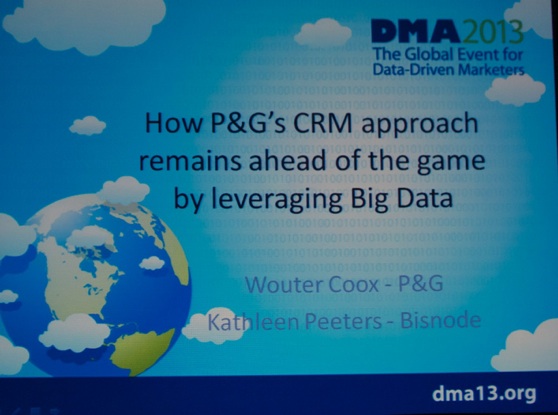
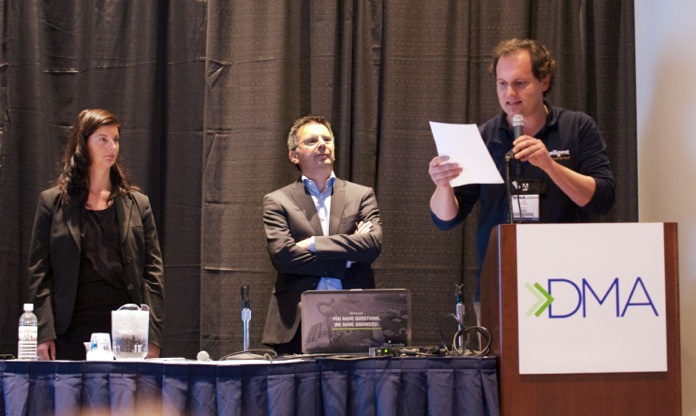
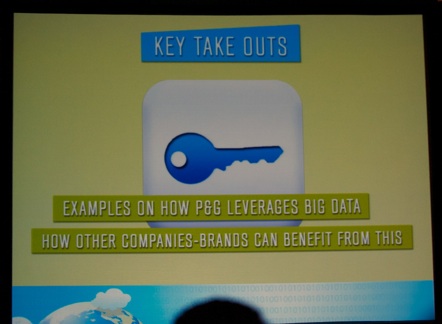
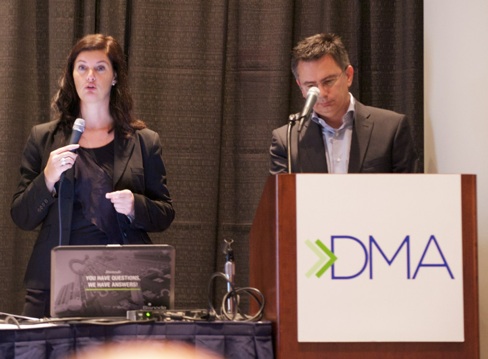
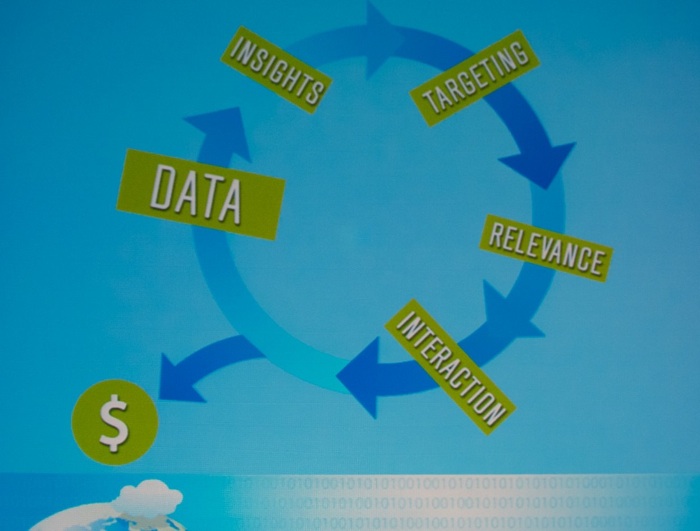
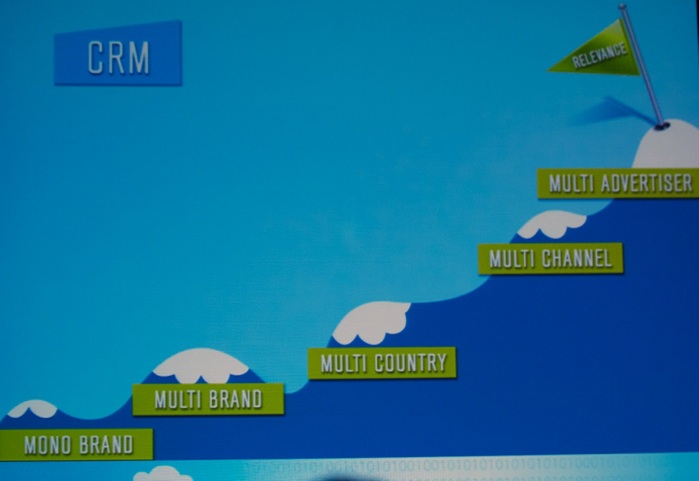
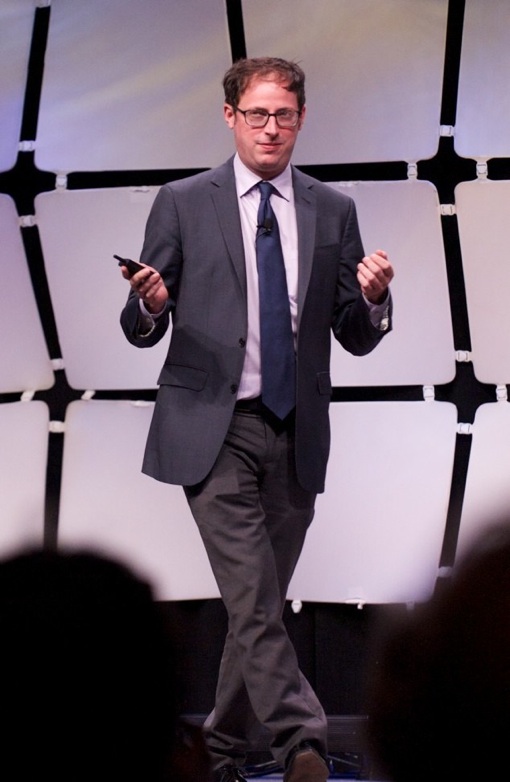
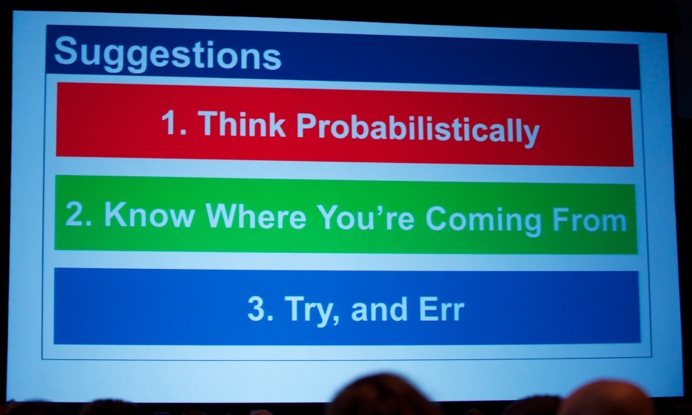
They discussed the entire development cycle (see picture below): starting from data (Bisnode’s traditional key strength), over insights and targeting to creating relevance, and finally interaction to increase profitability.

The second day of the conference I decided to attend Joan Hogan Gillman’s (@TWC_media, EVP & COO Media Services at Time Warner Cable) talk titled “The big data ecosystem: Informing effective marketing campaigns”. Her main message was that Big Data data collection allows for far more accurate measurements. E.g. thanks to set-top boxes, audience measurements can be more accurate, since they are no longer survey based, but rather based on measurements from the entire population. This allows for more accurate attribution. A nice Gillman quote: "Mr. Wanamaker (50% of my advertising is wasted) would be very excited to live in these times."
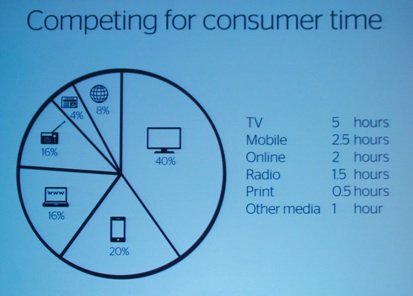
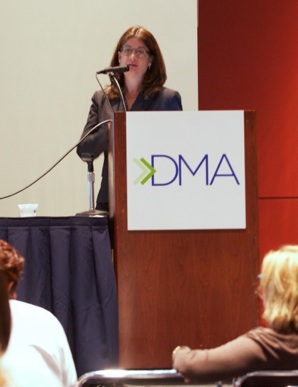
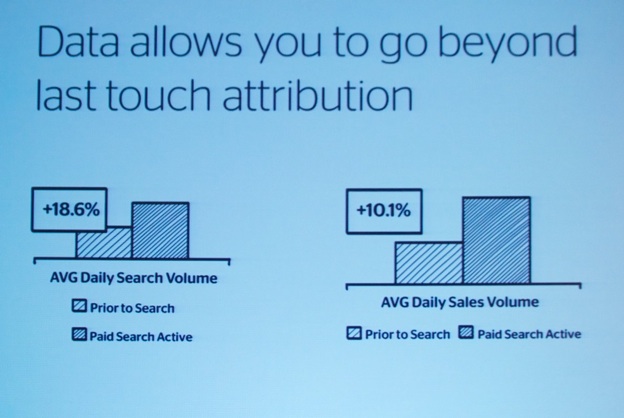
The plenary session started with DMA's Award of Marketer of The Year.
This year’s winners are the marketing departments of T-Mobile (@TMobile) and LinkedIn (@LinkedInMktg).
To the right, you see Andrew Sherrard (@TMobile) during his acceptance speech.
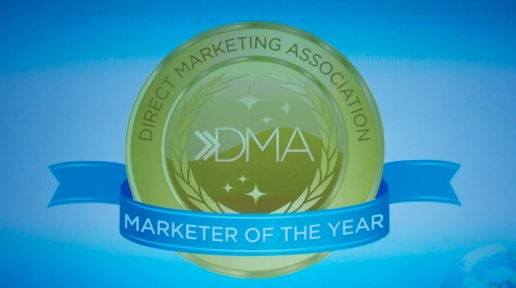
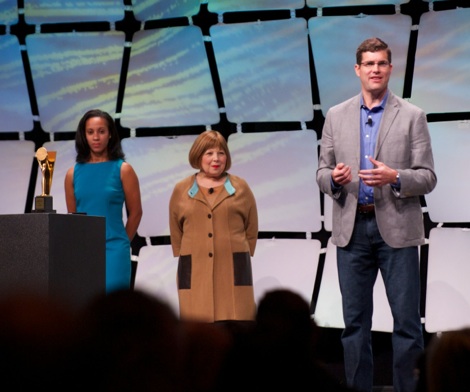
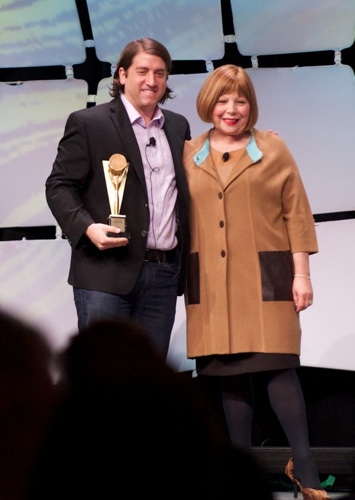
Next, I attended the keynote panel titled “The Glass is Broken: Women Executives Give Their Perspective on Today's Marketing Environment” (Loni Stark, @lonistark, Adobe; Lisa Arthur, @lisaarthur, Teradata Corp; Trish Wheaton, @ttwheaton, Y&R Advertising; Ginger Conlon, @customeralchemy, Direct Marketing News).
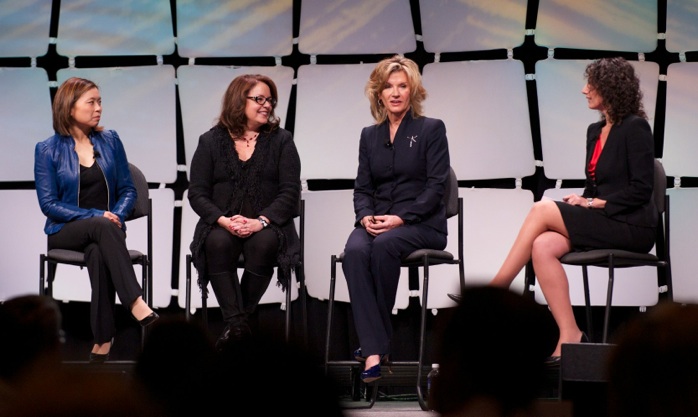
Next, Jim Foreman (Director, Circulation & Analytics at Staples, see picture below) gave a great talk titled: “Avoid "The Break-Up": Data-Driven Approach to Increase Engagement & Decrease Churn”. He used human relationships to talk about customer relationships. He detailed a step-by-step approach: qualitative analysis, descriptive and predictive analytics (see pictures below).
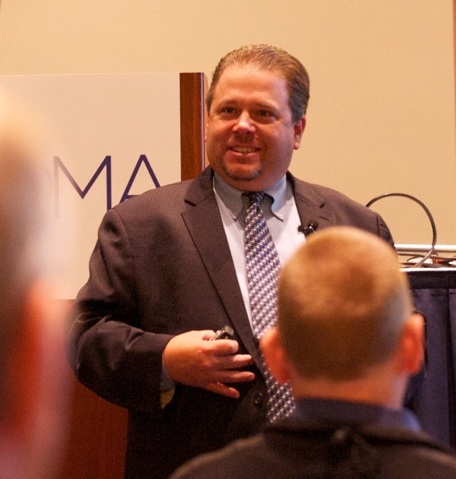
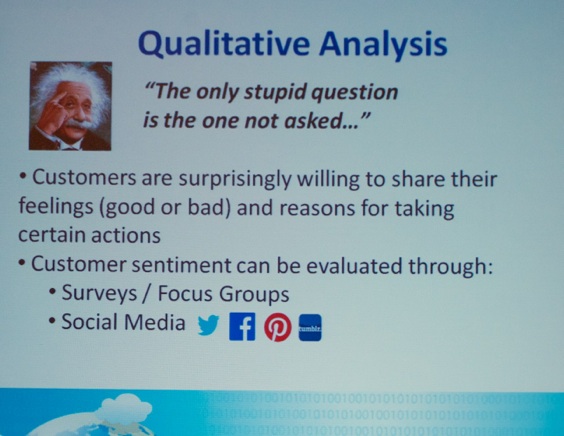
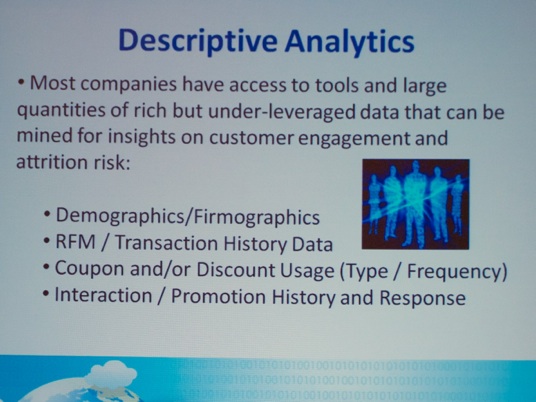
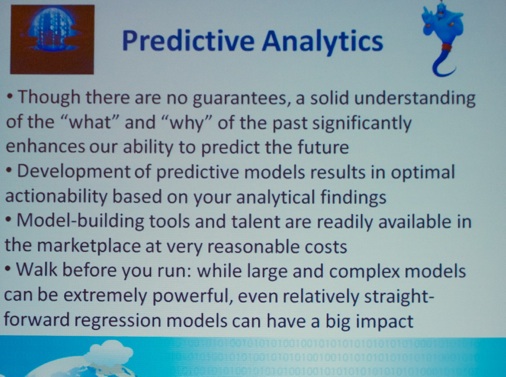
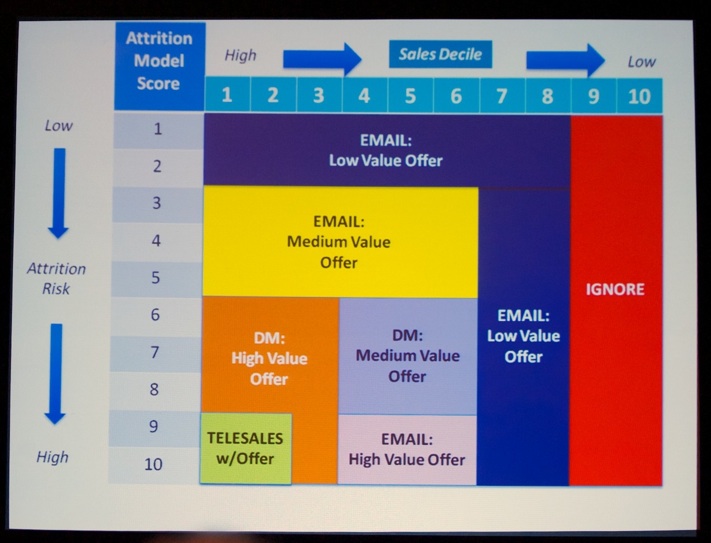
Next, he proceeded to a nice example of how to combine an attribution model score with a sales decile to determine a customer contact strategy (see picture below).
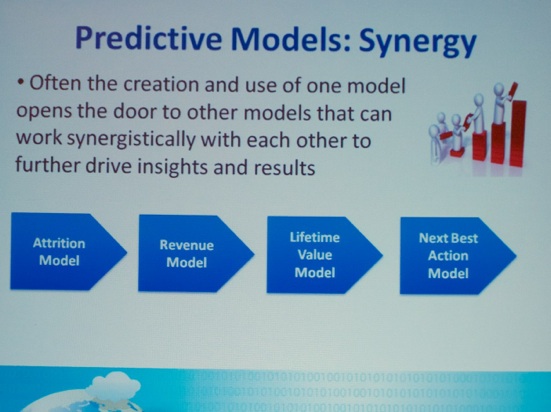
Right after lunch, it was time to introduce some more people into DMA’s “Hall of Fame”. This year, it was Dr. Martha Rogers & Don Peppers (@donpeppers) as well as Seth Godin (@thisissethsblog).
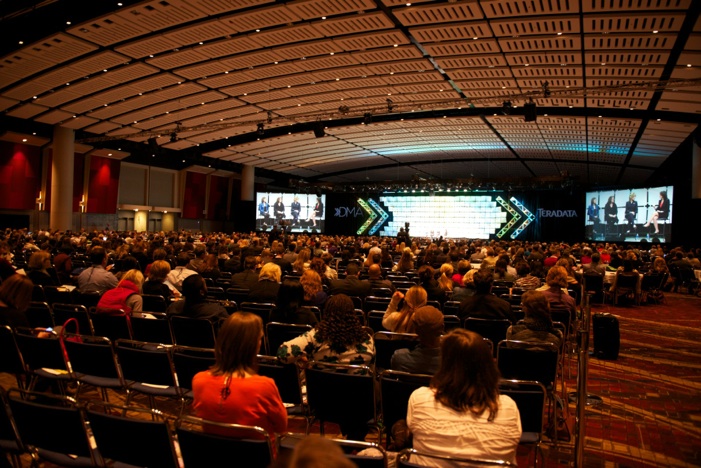
Mike Weir (@mikedweir, @LinkedInMktg, LinkedIn Marketing) together with Linda Woolley (President & CEO of DMA). Click here for a blog post about the award winning LinkedIn Sponsored Updates.
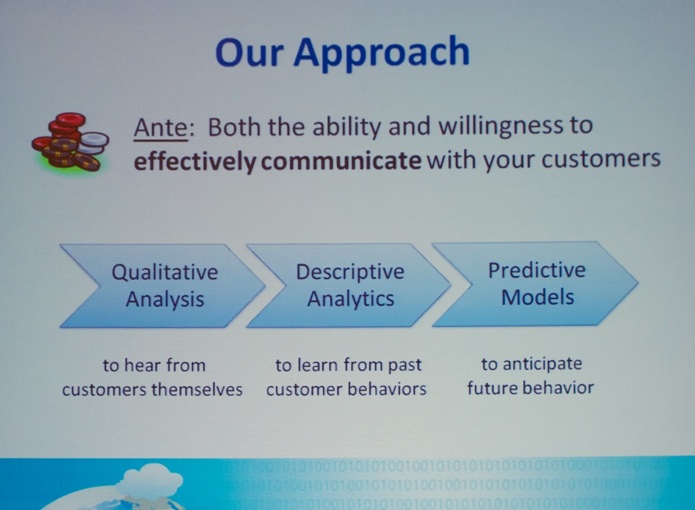
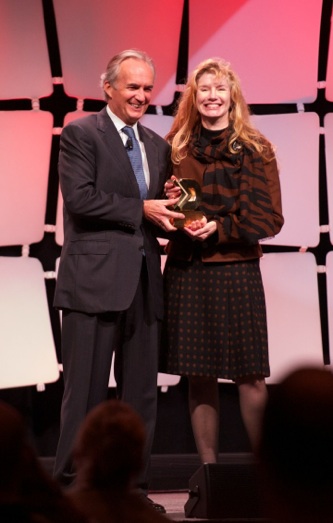
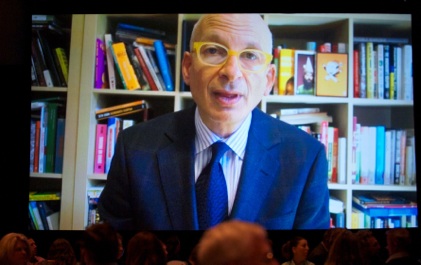
In the afternoon, I attended a great session by Avi Savar (@avisavar, Big Fuel) titled “Content to Commerce: Engaging Consumers Through Paid, Earned and Owned Media”, which is also the title of his book. All attendees to the session received a free copy... Great!
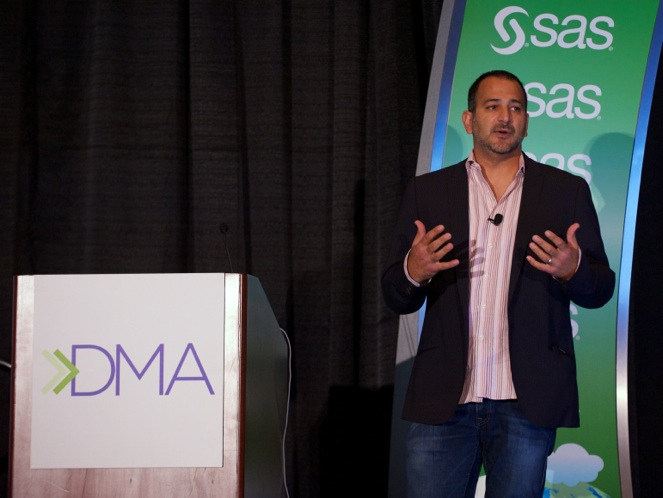
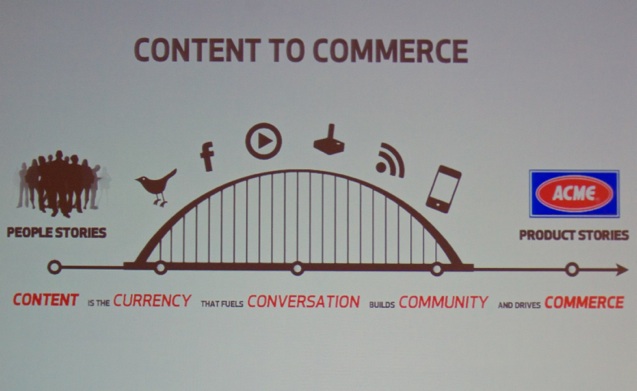

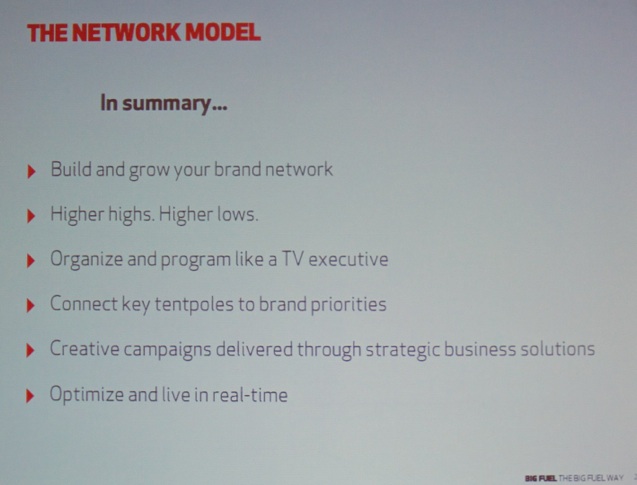
During the breaks I also visited the exhibit hall (see pictures below).


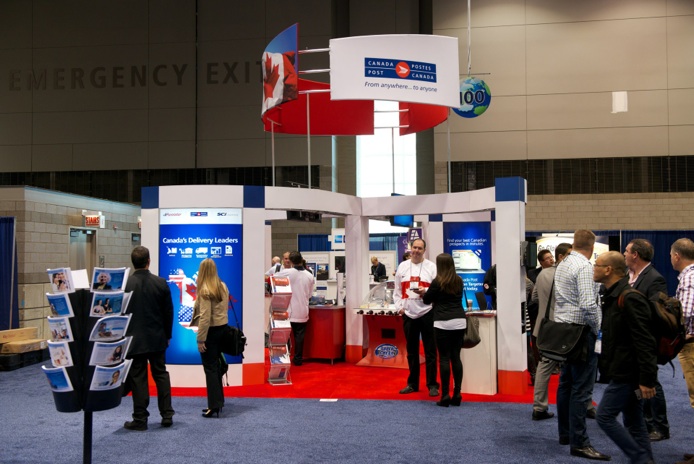
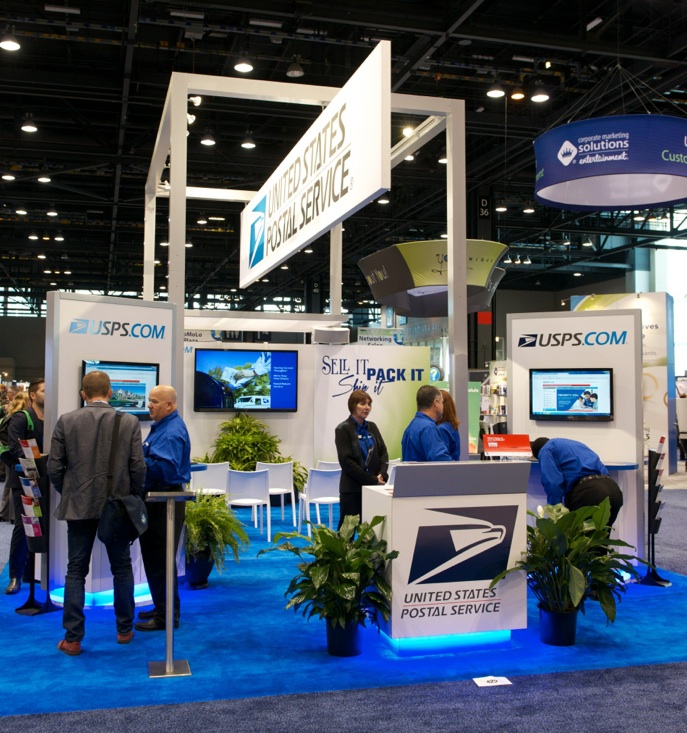
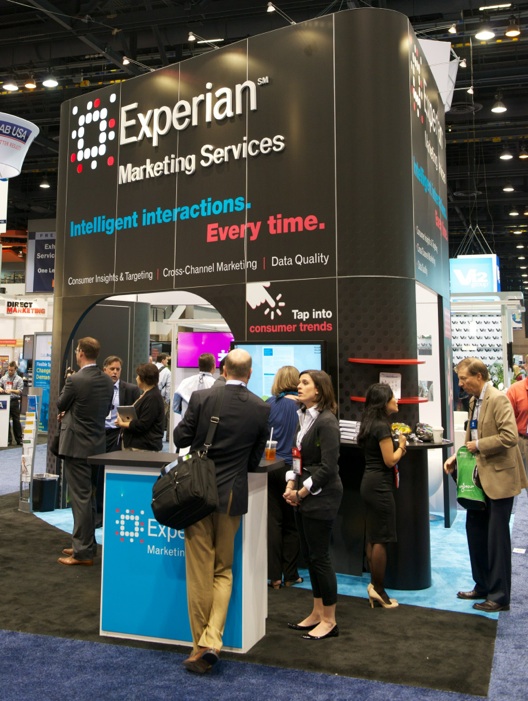


This was a great event. See you next year Oct. 26-28, 2014 in San Diego, CA. You can also have a look at The Official Blog of the DMA in the meantime.
On Wednesday Oct. 16, I first attended Zain Raj (@zain_raj, see picture below)’s excellent talk “Marketing Has Changed. Shouldn't the Marketer?”. He is the author of the book titled “Brand Rituals”. He started by talking about a nice case study of TXU, a Texas-based utility. He showed the personal energy dashboards (see pictures below), budget alerts, the iPhone app to remotely operate your thermostat. He also talked about his upcoming book: ‘Decathelete marketers’.
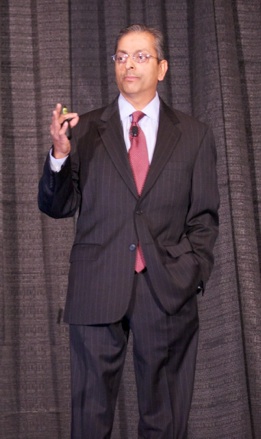
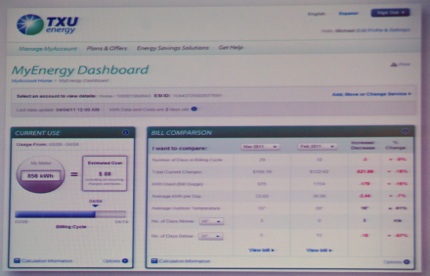
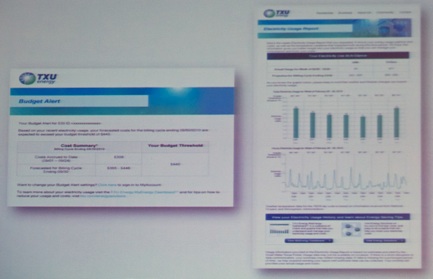
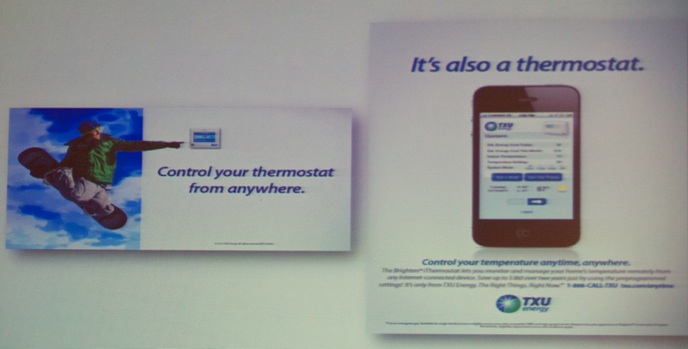
Next, Gregg Nathan (VP marketing effectiveness at Fidelity Investments, see picture below, person right) and Gordon Bell (Lucidview, person left) presented their interesting talk titled “CRM Testing in a Highly Segmented Market”. They used a nice multi-channel campaign to illustrated the advantages of multivariable testing.
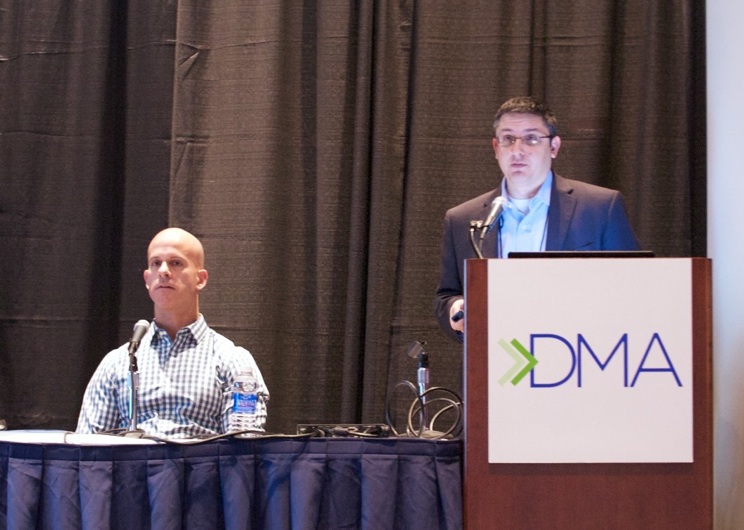
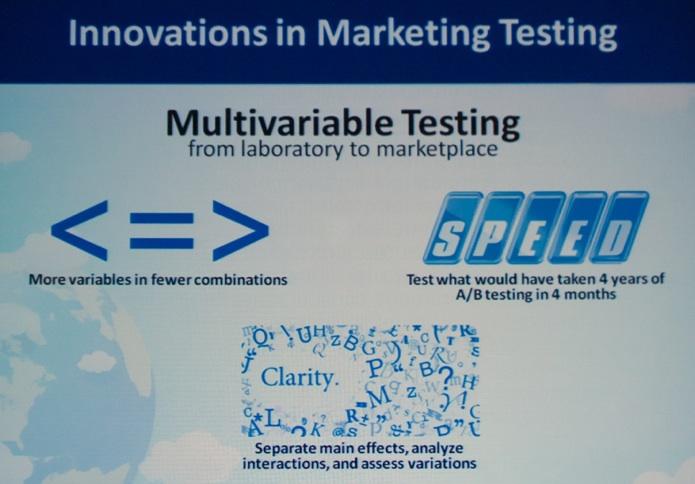
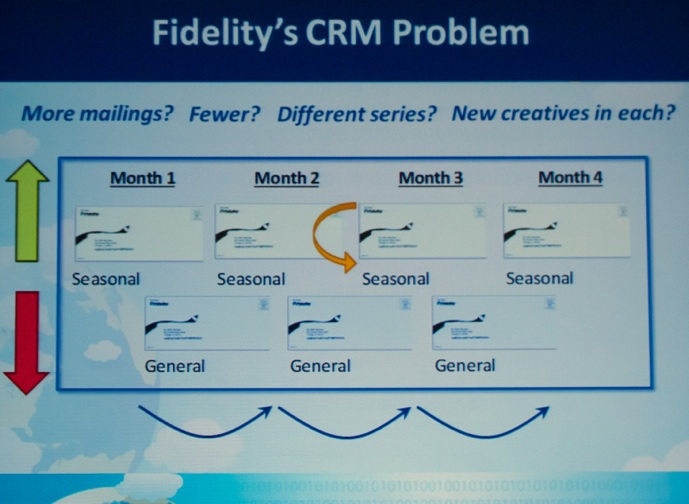
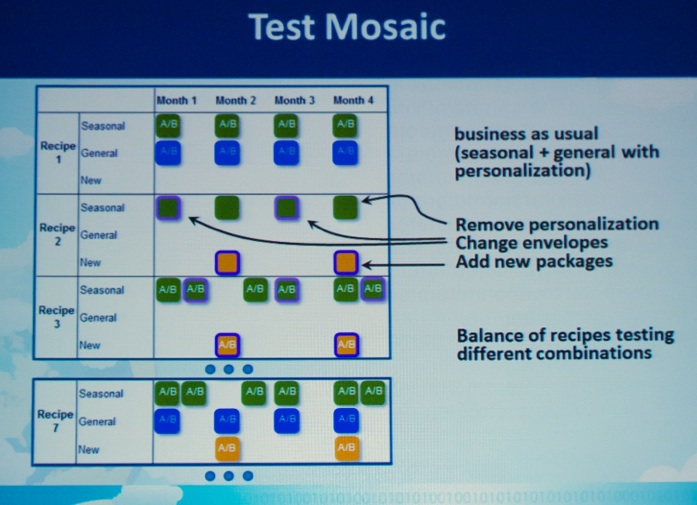
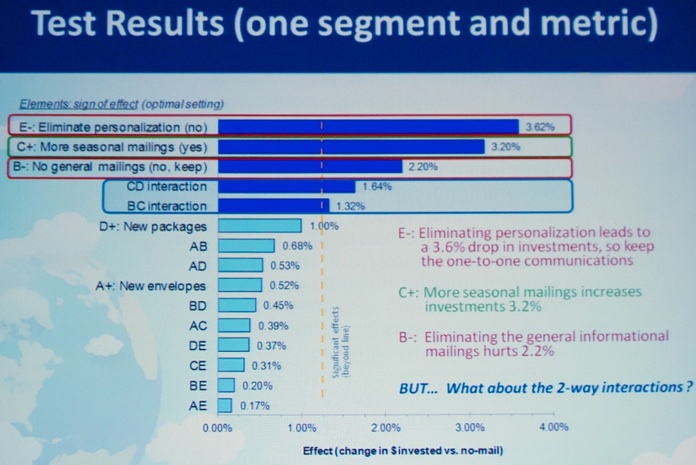
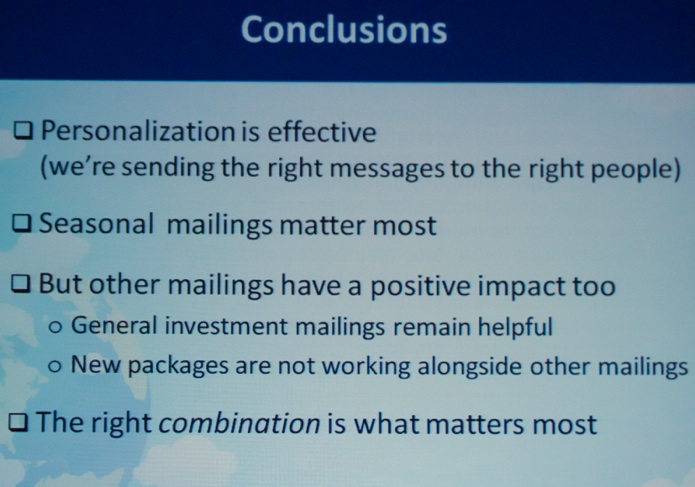
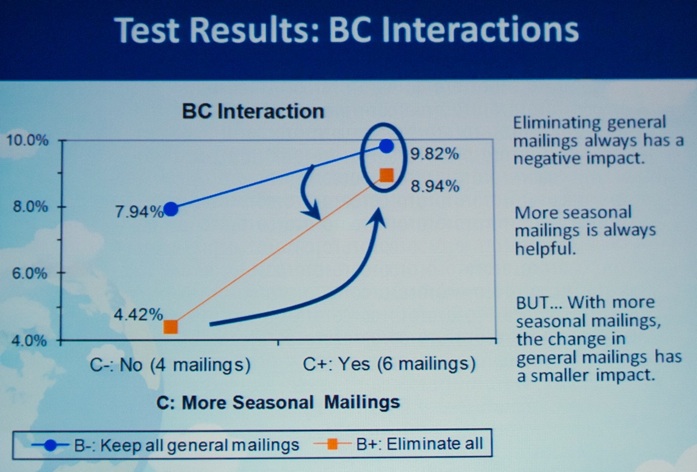
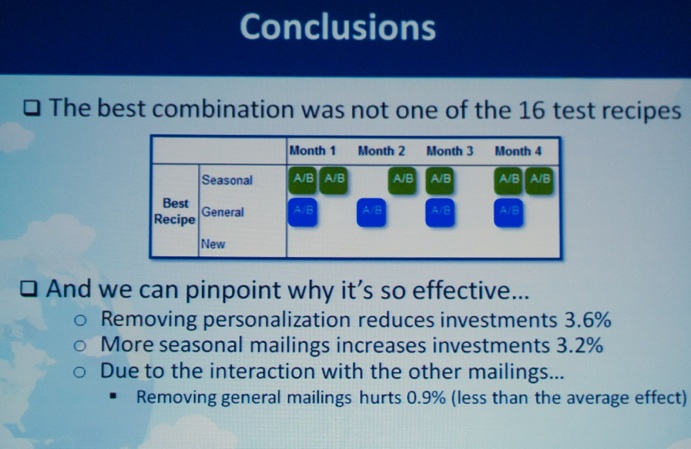
They even presented interaction plots (see picture below) to illustrate the insights gained from the test about interaction effects, e.g., more seasonal mailings is always helpful, but with more seasonal mailings, the change in general mailings, has a smaller impact. In sum, a great talk!
Finally, Rance Crain (@AdAge, Editor-in-Chief of Advertising Age, see picture right) introduced a panel: (from left to right in the picture below): Omar Tawakol (@otawakol, CEO Bluekai), Steven Rosenblatt (@stevenjr76, Chief Revenue Officer, Foursquare), and Tim Reis (@tim_reis, Head of mobile & social solutions Americas, Google). Since “data” was a central theme to the conference, Rance asked the panelists what data to collect, and how to obtain it. All agreed that we - marketers - should not be fearful about the future, but rather: “The future is filled with opportunities”.
